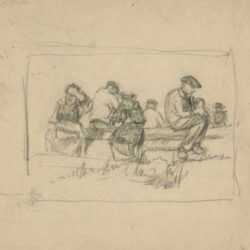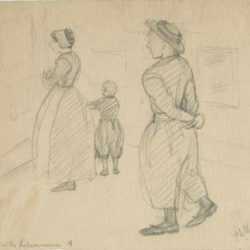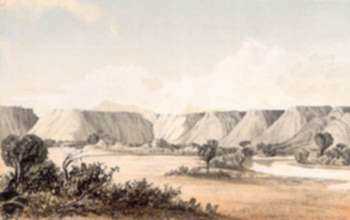Filter by Type
Filter by Category
Filter by Size
Filter by Year
Artists
Works by Philip Kappel
Works by Aarne Parker
Works by Joseph Pennell
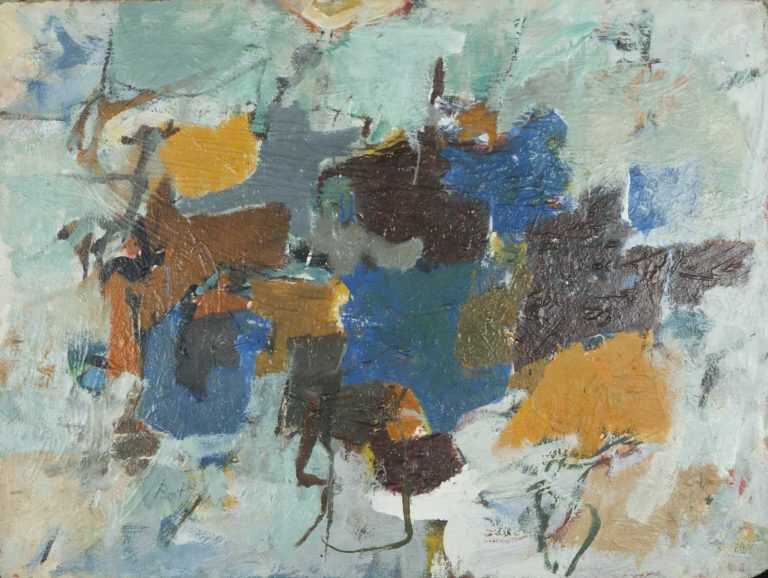
Henry Botkin
American (1896-1983)
Henry Botkin, American (1896-1983)
Henry Albert Botkin was born in Boston, Massachusetts on April 5th, 1896. After his early training at the Massachusetts School of Art, he moved to New York City. Botkin took classes in drawing and illustration at the Art Students League and worked as an illustrator for Harper’s, The Saturday Evening Post, and Century magazines.
Botkin remained in New York City for eight years and then in the early 1920s, he moved to Paris to devote himself exclusively to painting. He made regular trips to the south of France, especially St. Tropez. He held his first European exhibition in Paris at the Billiet Gallery in 1927. In addition to working on his own painting, Botkin acted as agent purchasing works by outstanding artists for prominent collectors, including his cousin George Gershwin.
Botkin returned to New York in 1930 and married Rhoada Lehman and in 1934 joined Gershwin in Folly Island, South Carolina. Botkin and Gershwin worked simultaneously; Gershwin composing the opera, Porgy and Bess and Botkin painting scenes from the life of the American Negro in the South. Botkin also encouraged his cousin to paint and after Gershwin’s death in 1937, he arranged an exhibition of Gershwin’s work at Avery Fisher Hall.
In the late 1930s, Henry Botkin began to develop a new approach to his painting. He moved away from the earlier impressionist influence and turned to abstraction. Botkin took an active role in bringing abstract art into greater public awareness and served as president of four major art organizations including: The Artist’s Equity Association, The American Abstract Artists, Group 256 in Provincetown, and the Federation of Modern Painters and Sculptors. In 1955 Botkin arranged the first exhibition of American abstract art at the Museum of Modern Art in Tokyo, Japan. He also organized the sale of five hundred and forty paintings at the Whitney Museum in New York, 1959. Botkin spoke on the radio, “The Voice of America,” television, lead panel discussions throughout the country, and lectured and taught privately in New York, California, and Provincetown, Massachusetts.
Botkin became interested in working with collage in the early 1950s and collage dominated his work from the 1960s until his death in 1983. Childs Gallery is the sole agent for the estate of Henry Botkin.
Works by Henry Botkin
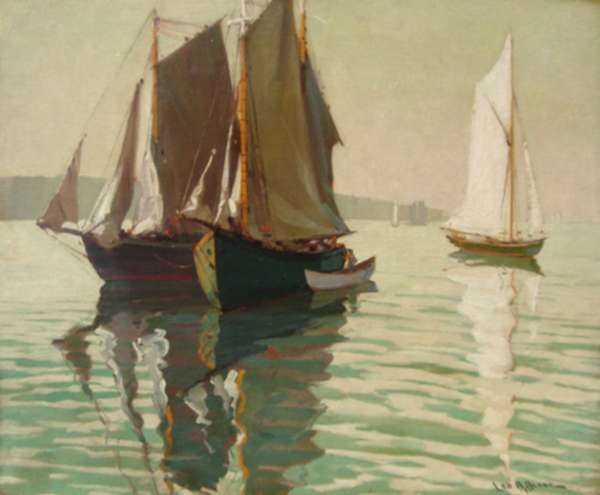
Leo Blake
American, (1887-1976)
Leo B. Blake received a thorough education in art at the Art Institute of Chicago where he was a student from 1908 to 1912. His instructors at this time included such notables as J.H. Vanderpoel, Alphonse Mucha, Allen Philbrick, W.J. Reynolds, Antonin Sterba, and F. DeForrest Schook. He also received special training under Mathis Alten, Birge Harrison, Conway Peyton and Alfred East. While at the Institute, he was honored with two scholarships in 1910 and 1911.After emerging from the Art Institute of Chicago, Blake began his career in illustration and commercial art and continued his residence in the Mid-West until he decided to break away and work as a free lance painter according to his own ideas and preferences. He set up a permanent studio in the Berkshires in 1933. Blake spent the rest of his career depicting landscape and seasonal changes around New England.
Blake was an active member of the Salmagundi Club, Illinois Academy of Fine Arts, Pittsfield Art League (President 1935), Berkshire Business Men's Art League, North Shore Arts Association, Connecticut Academy of Fine Arts, New Haven Paint and Clay Club, Springfield Art League, and the American Artists Professional League.
Blake exhibited throughout the country at many fine institutions including at the Art Institute of Chicago, Illinois Academy of Fine Arts (award, 1931), Allied Artists of America, Berkshire Museum, Connecticut Academy of Fine Arts (award, 1939), Salmagundi Club (award, 1942), Philadelphia Art Alliance, and Syracuse University.
Blake's work is represented in the permanent collections of the Illinois State Museum, Mechanics Institute of the Rochester Institute of Technology and the Berkshire Museum, Pittsfield, Mass.
Blake taught painting at Williams College from 1937 to 1941 and at the Berkshire Museum from 1943 to 1953. He also taught at the Lenox Art Study Group, Lenox Library, Great Barrington Painting Class, Great Barrington High School, Crestalbal School for Girls, Junior League of Pittsfield, and Blake Studios Summer School.
Works by Leo Blake
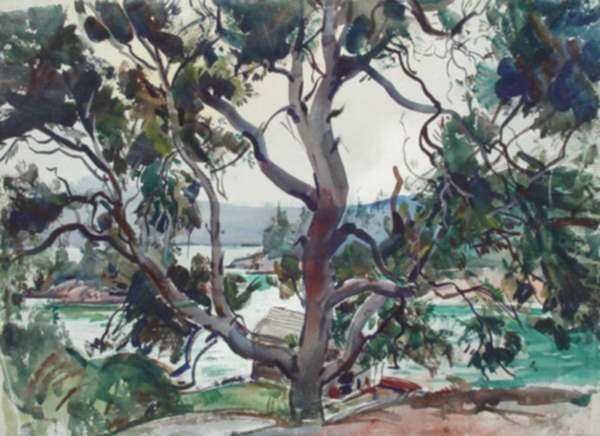
W. Lester Stevens
American (1888-1969)
Born on June 15, 1888 in Rockport, Massachusetts, Stevens showed his artistic talent at an early age, and first studied with Parker Perkins, a well-known Rockport marine painter. In 1906, the National Academy of Design showed a work by Stevens, and three years later he received a scholarship for study at the Museum School in Boston. During his European stay in the Army beginning in 1917, the artist continued painting and sketching. He impressed his commanding officers with his talent and, as a result, an extended stay was arranged for him during which time he could further study the work of the masters in the European museums.
Arriving home after the war, Stevens received an invitation from John Pepper, of the Boston Art Club, to do a one-man show. One of the paintings in the show was chosen for the Corcoran Gallery's annual exhibition of Oil Paintings by Contemporary American Artists. Stevens' works were accepted for a number of years, and it was said that he had earned "more honors for his work than any other living artist in the Northeast".
Stevens returned to Rockport and in 1921, along with fifty other artists including Aldro Hibbard and Anthony Thieme, founded the Rockport Art Association, which brought renown to the Rockport and Cape Ann area. In addition to teaching in Rockport during the summers, he also taught at Boston University and later at Princeton.
Stevens, continually in search of unspoiled nature, moved from Rockport to Springfield, then to Conway, Vinalhaven and finally to Grand Manan, Maine. Steven's love of nature has been aptly described in the records of the Rockport Art Association, "An Appreciation of W. Lester Stevens" (1971): "He painted nature in all her moods from the blistering hot sun to the freezing wet cold. Nature was his guide, intuition his master...Instinct alone beckoned him on. Painting was his ruling passion".
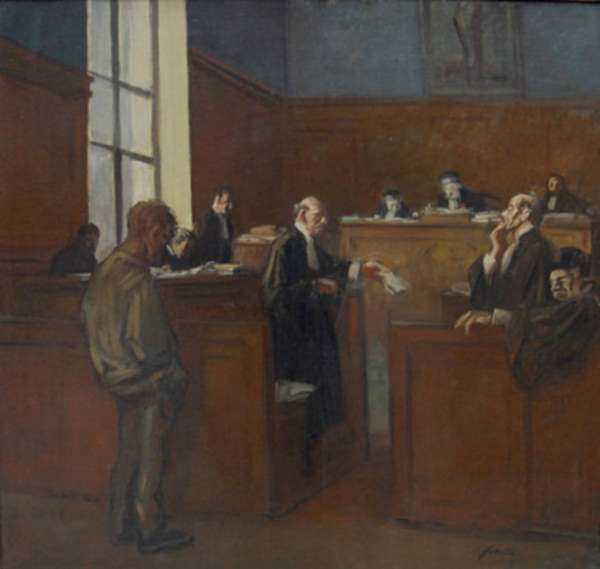
Jean-Louis Forain
French (1852-1931)
Jean-Louis Forain, French (1852-1931)
After an extraordinary career from the 1870s to 1894 working in Paris in the Impressionist style and in the subjects of “Gay Paris”, Forain turned his attention to the more serious matters of the French Law courts and biblical and devotional subjects. As Sinclair Hitchings wrote in 1979 in Jean-Louis Forain: Works From New England Collections, “Forain was influenced by Manet at this time [c. 1876] and met with him and Degas and the Impressionist group at the Café de la Nouvelle Athènes at the Place Pigalle. The group included Manet, Degas, Renoir, Pisarro, Sisley, Desboutin, Raffaëlli, and occasionally Monet and Cezanne and the writers Duranty, Silvestre, Burty, Villiers de l’Isle Adam, Ary Renan, and George Moore. Manet’s interest in scenes of contemporary life and his depiction of women influenced Forain’s style in painting and printmaking by reinforcing Forain’s natural interest in representing café life and showing the subject matter of contemporary women in contemporary settings.”
“The most important friendship formed in this Impressionist period in Forain’s career was with Edgar Degas (1834-1917). Forain admired Degas greatly as an artist and also as a person. There is no question that Forain’s life and art were influenced. Degas asknowledged the closeness of the relationship when he presumed that Forain would be asked to be the speaker at his funeral, and told him that if he must give an oration, to say “Degas loved drawing and so do I” and sit down.”
Degas also acknowledged the closeness of their styles when he said “He paints with his hands in my pockets”. But Degas also collected Forain’s drawings (14) and owned one painting, The Tribunal of 1902-3 (in the collection of the Tate Gallery, London since
1918).
Forain’s later paintings develop from several events in his life. In 1891 he married the painter Jeanne Bosc and his son was born in 1895. He became a householder and left behind the Bohemian ways of his earlier years. Nightlife and the demi-monde were no longer subjects in his work, although café scenes and theater pictures still appeared. He made much of his income in the middle 1890s from newspaper and magazine illustration when the second great event occurred that moved him. He became involved in the court drama of the Dreyfus Affair. Although he was on the side of the army in his views, he was passionate in his approach to the artistry of courtroom drama. His interest in the courts piqued, Forain continued to explore the subject of justice in the French courts as his style underwent a change. This resulted in works such as A Plea For Mercy. Certainly he would have known the court paintings of Honoré Daumier, and there is no doubt some influence taken from Daumier in palette, style and composition, but Forain paints on a scale almost unknown in Daumier and gives his tribunal works a larger-than-life force. Hitchings wrote: “although Forain’s subject matter of the courts is similar to Daumier’s, his approach to that subject matter is somewhat different. Forain was not primarily interested in exposing the court for political reasons nor in ridiculing the venality and hypocrisy of the lawyers as Daumier did. Forain’s point of view of the law court was to show ordinary people caught up in a complicated system of justice. He was interested in the human beings subjected to a cumbersome and impersonal legal system. Forain presented the figures in the courts, even the indifferent or scheming lawyers and the bored judges, as human beings. He did not distort features or caricature for heightened effect, as is evident in Daumier’s figures of lawyers and judges. Forain’s indictment of the law system is ultimately as scathing as Daumier’s but it is less obvious. His representation of the law courts is related to his concern for social justice and also to the other major influence in his paintings and prints after 1900, his religious motivation… Forain relished the drama of the courts and the histrionic talents of the lawyers.” Hitchings says of the technique of these works, “In his painting he turned away from the colorful palette and technique of his Impressionist works. The colors in his works became somber, mainly black, gray and brown, dramatically illuminated by a chiaroscuro effect of light and an occasional vivid dash of bright color. Some of these works seem to be grisailles because of the reduced colors Forain allowed himself.”

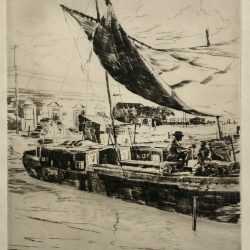
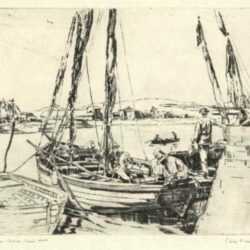
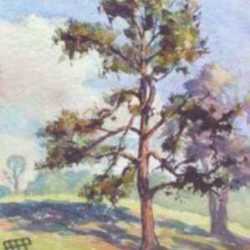
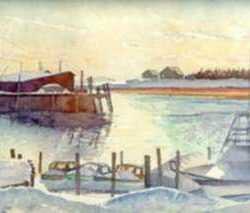
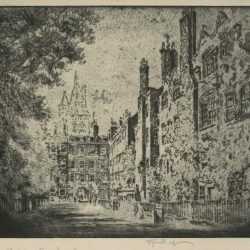
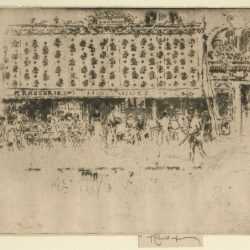
![Print By Joseph Pennell: Lions Of The Mosque [spain] At Childs Gallery](https://childsgallery.com/wp-content/uploads/joseph_pennell_lions_of_the_mosque_spain_p2321-13a_childs_gallery-250x250.jpg)
![Print by Joseph Pennell: The Coppersmith [Spain], represented by Childs Gallery](https://childsgallery.com/wp-content/uploads/joseph_pennell_the_coppersmith__spain__p2321-17a_childs_gallery-250x250.jpg)
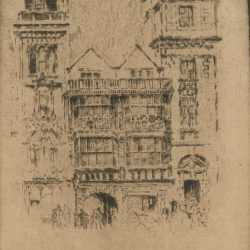
![Print by Joseph Pennell: Wertheim, Leipziger-Platz, Berlin [Germany], represented by Childs Gallery](https://childsgallery.com/wp-content/uploads/joseph_pennell_wertheim__leipziger-platz__ber_p839-2_childs_gallery-250x250.jpg)
![Print by Joseph Pennell: Museum Extension, Berlin [Germany], represented by Childs Gallery](https://childsgallery.com/wp-content/uploads/joseph_pennell_museum_extension__berlin__germ_p839-3_childs_gallery-250x250.jpg)
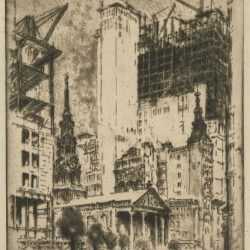
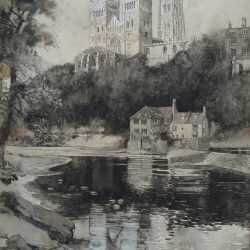
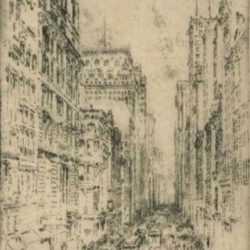
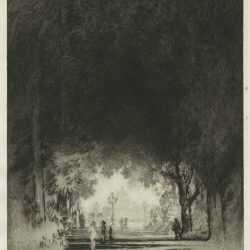
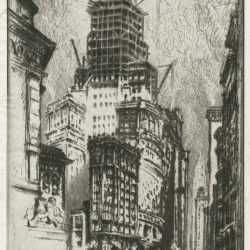
![Pastel by Joseph Pennell: The Plaza Hotel [New York], represented by Childs Gallery](https://childsgallery.com/wp-content/uploads/joseph_pennell_the_plaza_hotel__new_york__cgl40225-1a_childs_gallery-250x250.jpg)
![Pastel by Joseph Pennell: Riverside Drive Viaduct [New York City], represented by Childs Gallery](https://childsgallery.com/wp-content/uploads/joseph_pennell_riverside_drive_viaduct__new_y_cgl40225-2a_childs_gallery-250x250.jpg)
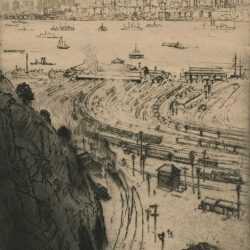
![Print by Joseph Pennell: South Portico, St. Paul's [London], represented by Childs Gallery](https://childsgallery.com/wp-content/uploads/joseph_pennell_south_portico__st._pauls__lon_p2062-16_childs_gallery-250x250.jpg)
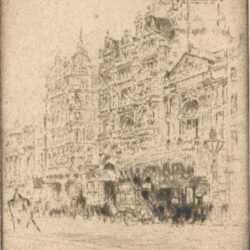
![Print by Joseph Pennell: Towers of the Bishop's Palace, Beauvais [France], represented by Childs Gallery](https://childsgallery.com/wp-content/uploads/joseph_pennell_towers_of_the_bishops_palace__p2321-07ra_childs_gallery-250x250.jpg)
![Print By Joseph Pennell: Garden Of The Mosque, No. 2 [spain] At Childs Gallery](https://childsgallery.com/wp-content/uploads/joseph_pennell_garden_of_the_mosque_no._2_spain_p2321-11ra_childs_gallery-250x250.jpg)
![Print By Joseph Pennell: The Court Of Myrtles [spain] At Childs Gallery](https://childsgallery.com/wp-content/uploads/joseph_pennell_the_court_of_myrtles_spain_p2321-12ra_childs_gallery-250x250.jpg)
![Print By Joseph Pennell: The Cypress Of Zorayda [spain] At Childs Gallery](https://childsgallery.com/wp-content/uploads/joseph_pennell_the_cypress_of_zorayda_spain_p2321-14ra_childs_gallery-250x250.jpg)
![Print by Joseph Pennell: Outside Schiedam [Holland], represented by Childs Gallery](https://childsgallery.com/wp-content/uploads/joseph_pennell_outside_schiedam__holland__p2321-21ra_childs_gallery-250x250.jpg)
![Print by Joseph Pennell: Zaandam, No.I [Holland], represented by Childs Gallery](https://childsgallery.com/wp-content/uploads/joseph_pennell_zaandam__no.i__holland__p2321-22ra_childs_gallery-250x250.jpg)
![Print by Joseph Pennell: Zaandam, No.3 (A Flock of Mills) [Holland], represented by Childs Gallery](https://childsgallery.com/wp-content/uploads/joseph_pennell_zaandam__no.3__a_flock_of_mill_p2321-23ra_childs_gallery-250x250.jpg)
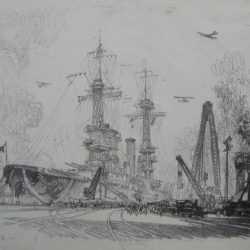
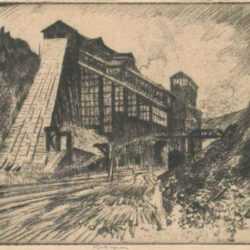
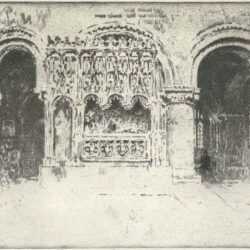
![Print by Joseph Pennell: The Garrick Theatre [London, England], represented by Childs Gallery](https://childsgallery.com/wp-content/uploads/joseph_pennell_the_garrick_theatre__london__e_cgl51840-3_childs_gallery-250x250.jpg)
![Print by Joseph Pennell: Great Cranes at South Kensington [London, England], represented by Childs Gallery](https://childsgallery.com/wp-content/uploads/joseph_pennell_great_cranes_at_south_kensingt_cgl51840-5_childs_gallery-250x250.jpg)
![Print by Joseph Pennell: The Great Gate, Lincoln's Inn [London, England], represented by Childs Gallery](https://childsgallery.com/wp-content/uploads/joseph_pennell_the_great_gate__lincolns_inn__cgl51840-9_childs_gallery-250x250.jpg)
![Print by Joseph Pennell: Ludgate Hill [London, England], represented by Childs Gallery](https://childsgallery.com/wp-content/uploads/joseph_pennell_ludgate_hill__london__england__73-19-314_childs_gallery-250x250.jpg)
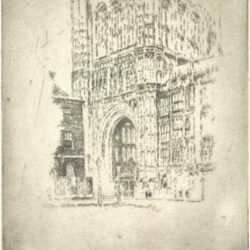
![Print by Joseph Pennell: The Little Fête, Athens [Acropolis in the distance, Greece], represented by Childs Gallery](https://childsgallery.com/wp-content/uploads/joseph_pennell_the_little_f_te__athens__acrop_05-05-11_childs_gallery-250x250.jpg)
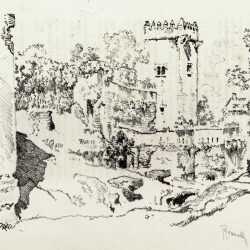
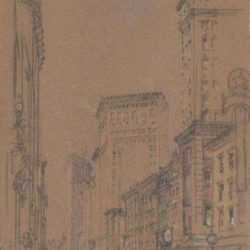
![Drawing by Joseph Pennell: Yarmouth Beach [Great Yarmouth Beach, Norfolk, England], represented by Childs Gallery](https://childsgallery.com/wp-content/uploads/joseph_pennell_yarmouth_beach__great_yarmouth_cgl55686-05a_childs_gallery-250x250.jpg)
![Drawing by Joseph Pennell: Chalets on the Outskirts of Zermatt [Switzerland], represented by Childs Gallery](https://childsgallery.com/wp-content/uploads/joseph_pennell_chalets_on_the_outskirts_of_ze_cgl55686-15a_childs_gallery-250x250.jpg)
![Drawing by Joseph Pennell: Tomb of Michael Croz [ Zermatt, Switzerland ], represented by Childs Gallery](https://childsgallery.com/wp-content/uploads/joseph_pennell_tomb_of_michael_croz___zermatt_cgl55686-30a_childs_gallery-250x250.jpg)
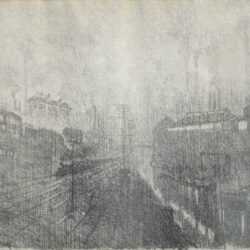
![Drawing By Joseph Pennell: Going To The Riffel [switzerland] At Childs Gallery](https://childsgallery.com/wp-content/uploads/joseph_pennell_going_to_the_riffel_switzerland_cgl55686-20ra_childs_gallery-250x250.jpg)
![Drawing by Joseph Pennell: The Art Element, Zermatt [Switzerland], represented by Childs Gallery](https://childsgallery.com/wp-content/uploads/joseph_pennell_the_art_element__zermatt__swit_cgl55686-31ra_childs_gallery-250x250.jpg)
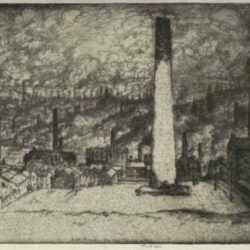
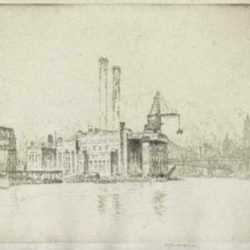
![Print by Joseph Pennell: Gas Works, Berlin [Germany], represented by Childs Gallery](https://childsgallery.com/wp-content/uploads/joseph_pennell_gas_works__berlin__germany__p3070-10r_childs_gallery-250x250.jpg)
![Print by Joseph Pennell: The Organ Grinder, N. O. [New Orleans], represented by Childs Gallery](https://childsgallery.com/wp-content/uploads/joseph_pennell_the_organ_grinder__n._o.__new__p3006-1r_childs_gallery-250x250.jpg)
![Print by Joseph Pennell: Rebuilding Broad Street [New York City], represented by Childs Gallery](https://childsgallery.com/wp-content/uploads/joseph_pennell_rebuilding_broad_street__new_y_p1572-3_childs_gallery-250x250.jpg)
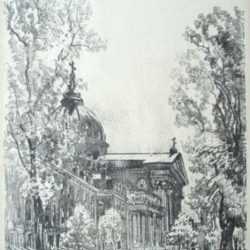
![Print by Joseph Pennell: Cumberland Gate, Regents Park [London], represented by Childs Gallery](https://childsgallery.com/wp-content/uploads/joseph_pennell_cumberland_gate__regents_park__p1888-1_childs_gallery-250x250.jpg)
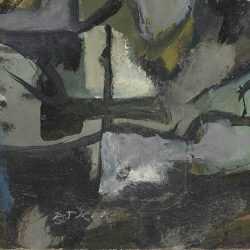
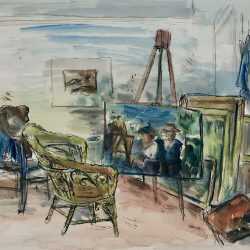
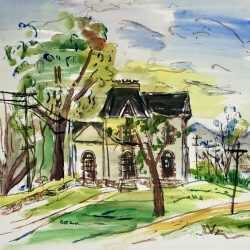
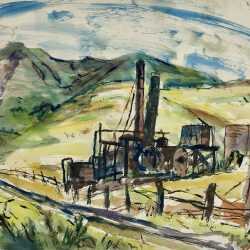
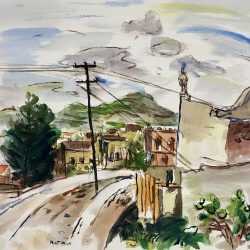
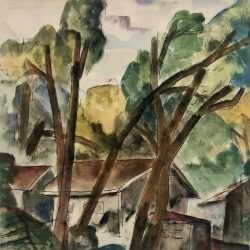
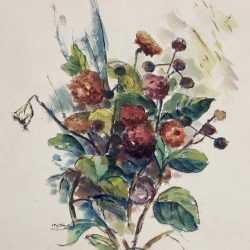
![Watercolor by Henry Botkin: Rooftops, Provincetown [Massachusetts], available at Childs Gallery, Boston](https://childsgallery.com/wp-content/uploads/henry-botkin_rooftops-provincetown-massachusetts_childs_gallery-250x250.jpg)
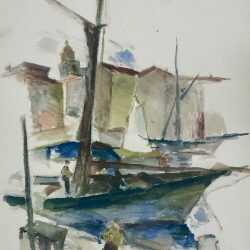
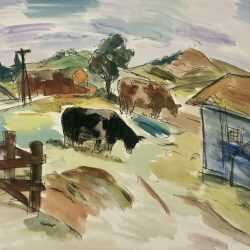
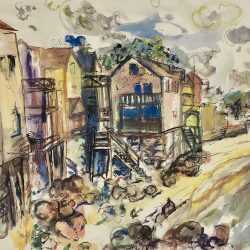
![Watercolor by Henry Botkin: [Flowers and Fruit], available at Childs Gallery, Boston](https://childsgallery.com/wp-content/uploads/henry-botkin_flowers-and-fruit_childs_gallery-250x250.jpg)
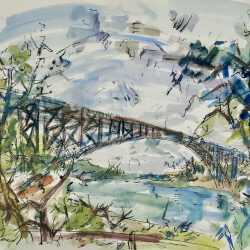
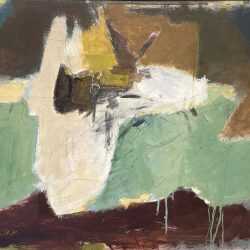
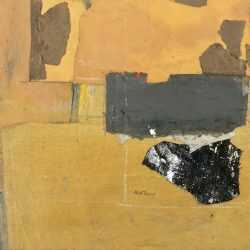
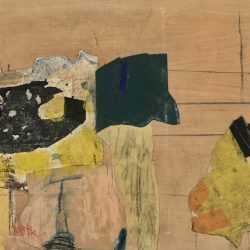
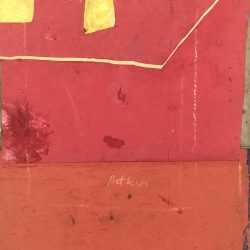
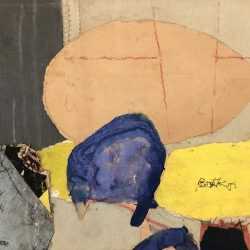
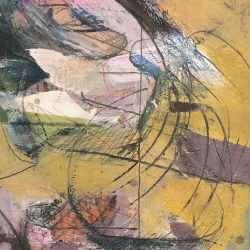
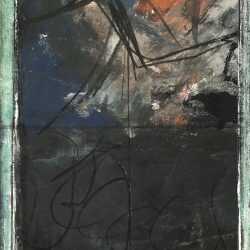
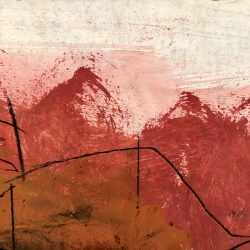
![Painting By Henry Botkin: [untitled] At Childs Gallery](https://childsgallery.com/wp-content/uploads/henry_botkin_untitled_cgl39310-1122r_childs_gallery-250x250.jpg)
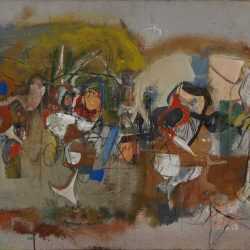
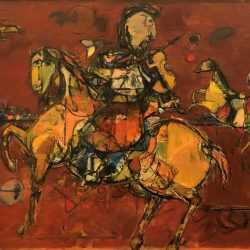
![Mixed Media By Henry Botkin: [untitled] At Childs Gallery](https://childsgallery.com/wp-content/uploads/henry_botkin_untitled_cgl39310-0071r_childs_gallery-1-250x250.jpg)
![By Henry Botkin: [untitled Abstract In Yellow And Pink] At Childs Gallery](https://childsgallery.com/wp-content/uploads/henry_botkin_untitled_abstract_in_yellow_and_pink_bb5849-05_childs_gallery-250x250.jpg)
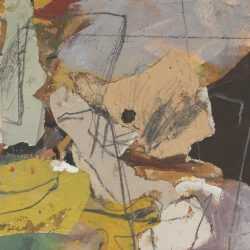
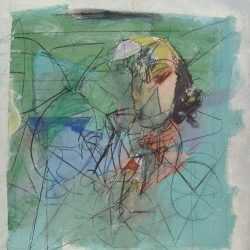
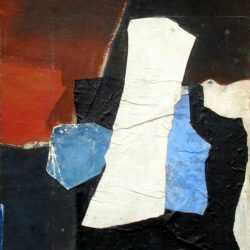
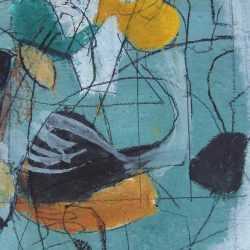
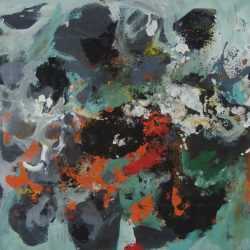

![Watercolor by Henry Botkin: Provincetown [Massachusetts], represented by Childs Gallery](https://childsgallery.com/wp-content/uploads/henry_botkin_provincetown__massachusetts__84-6-176_childs_gallery-250x250.jpg)
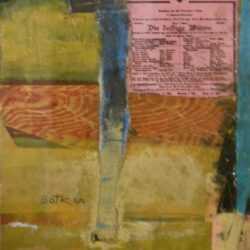
![Watercolor by Henry Botkin: Highland Light [Cape Cod], represented by Childs Gallery](https://childsgallery.com/wp-content/uploads/henry_botkin_highland_light__cape_cod__cgl39310-3168_childs_gallery-250x250.jpg)
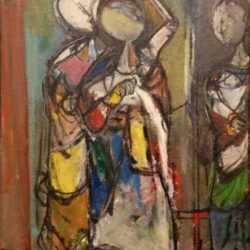
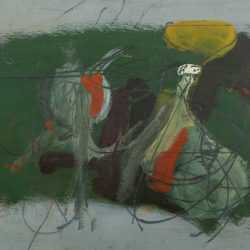
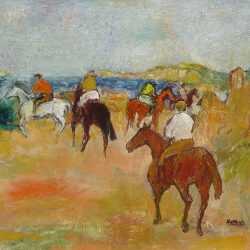
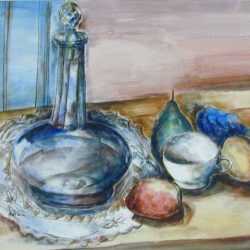
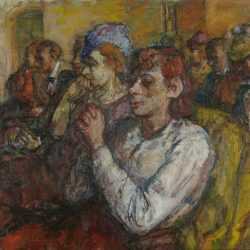
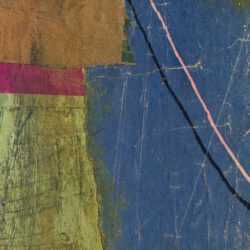
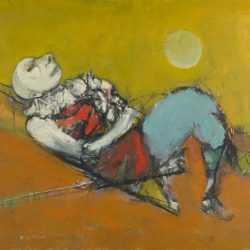
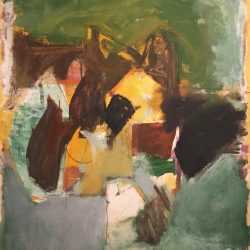
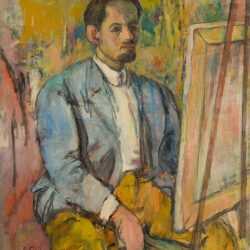
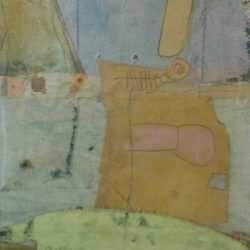
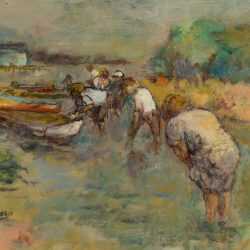
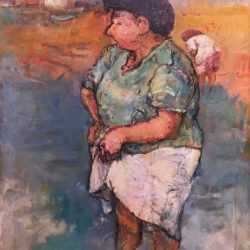
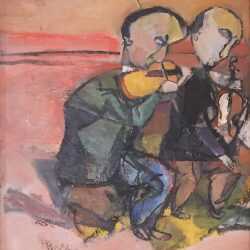
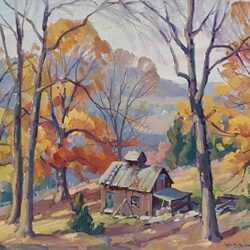
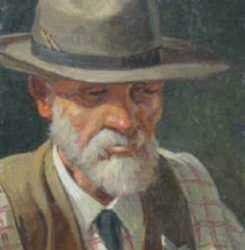
![Painting by Leo Blake: [On the Path], represented by Childs Gallery](https://childsgallery.com/wp-content/uploads/leo_blake__on_the_path__cgl25933-160_childs_gallery-250x250.jpg)
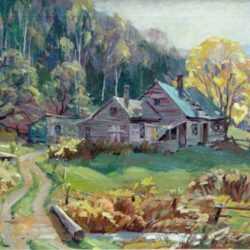
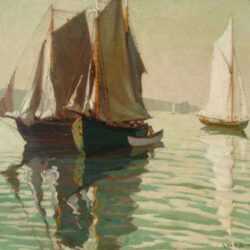





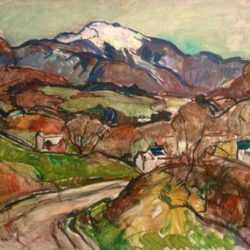


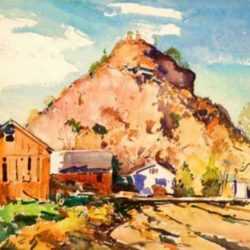

![Watercolor by W. Lester Stevens: The Spreading Tree [Vinalhaven, Maine], represented by Childs Gallery](https://childsgallery.com/wp-content/uploads/w._lester_stevens_the_spreading_tree__vinalhaven_clc15169-73_childs_gallery-1-250x250.jpg)
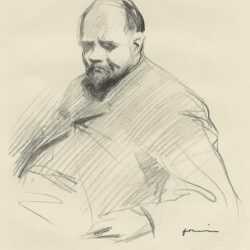
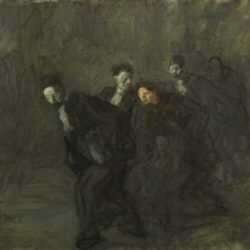
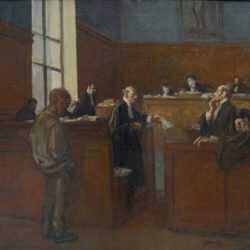
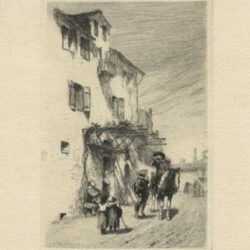
![Painting by Ignaz Marcel Gaugengigl: [Distinguished Lady], represented by Childs Gallery](https://childsgallery.com/wp-content/uploads/ignaz_marcel_gaugengigl__distinguished_lady__clcx359t-1_childs_gallery-250x250.jpg)
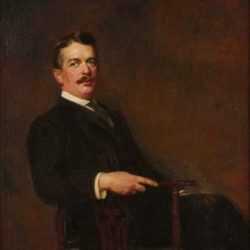
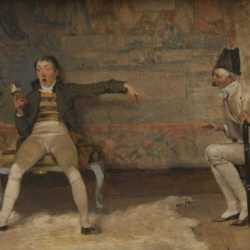
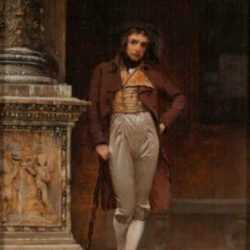
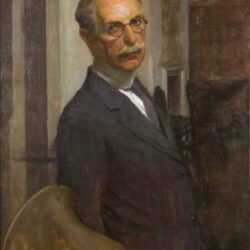
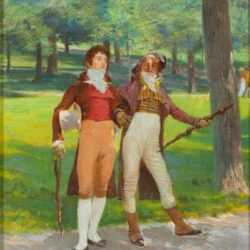
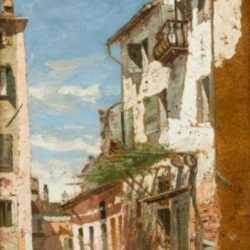
![Print by Ignaz Marcel Gaugengigl: M.D.C. [1600], represented by Childs Gallery](https://childsgallery.com/wp-content/uploads/ignaz_marcel_gaugengigl_m.d.c.__1600__p1115-1_childs_gallery-250x250.jpg)
![Print by Ignaz Marcel Gaugengigl: M.C.C. [1200], represented by Childs Gallery](https://childsgallery.com/wp-content/uploads/ignaz_marcel_gaugengigl_m.c.c.__1200__p1115-2_childs_gallery-250x250.jpg)
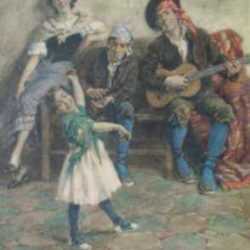
![Drawing by Jan Gelb: At the Dock, Provincetown [Massachusetts], represented by Childs Gallery](https://childsgallery.com/wp-content/uploads/jan_gelb_at_the_dock__provincetown__mas_cgl34994-01_childs_gallery-250x250.jpg)
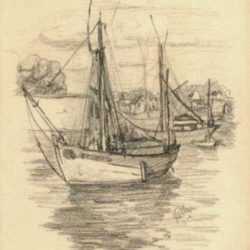
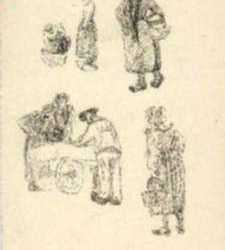
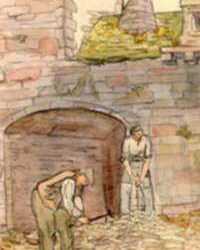
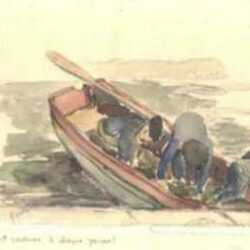
![Drawing by Jan Gelb: Maison de Dieu, Concarneau [France] Deux cent sardines a cha, represented by Childs Gallery](https://childsgallery.com/wp-content/uploads/jan_gelb_maison_de_dieu__concarneau__fr_cgl34994-23_childs_gallery-250x250.jpg)
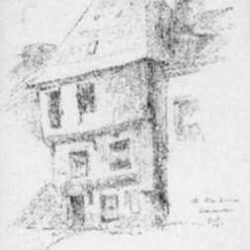
![Drawing by Jan Gelb: Les Halles, Concarneau [France], represented by Childs Gallery](https://childsgallery.com/wp-content/uploads/jan_gelb_les_halles__concarneau__france_cgl34994-26_childs_gallery-250x250.jpg)
![Drawing by Jan Gelb: Return of the Thonniers, Concarneau [France], represented by Childs Gallery](https://childsgallery.com/wp-content/uploads/jan_gelb_return_of_the_thonniers__conca_cgl34994-27_childs_gallery-250x217.jpg)
![Drawing by Jan Gelb: [Sailboats on the Water, France], represented by Childs Gallery](https://childsgallery.com/wp-content/uploads/jan_gelb__sailboats_on_the_water__franc_cgl34994-28_childs_gallery-250x250.jpg)
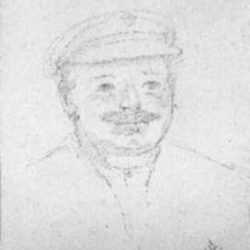
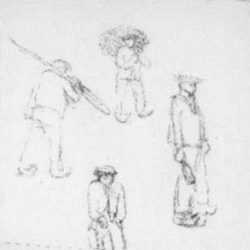
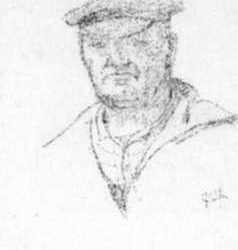
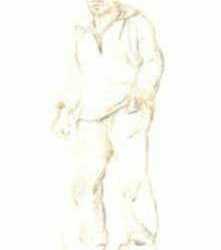
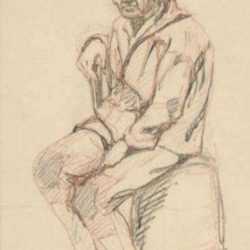
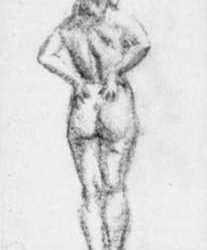
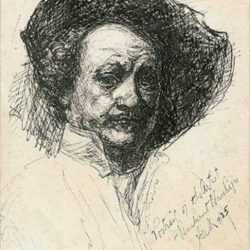
![Drawing by Jan Gelb: [Women, Children and Dog at Beach], represented by Childs Gallery](https://childsgallery.com/wp-content/uploads/jan_gelb__women__children_and_dog_at_be_cgl34994-41_childs_gallery-250x250.jpg)
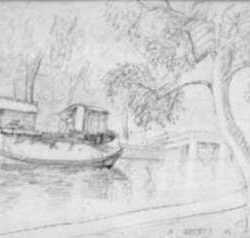
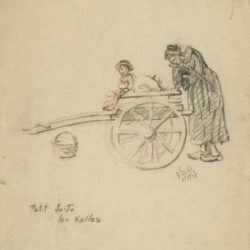
![Drawing by Jan Gelb: Clocktower and Bridge [Conearneau, France], represented by Childs Gallery](https://childsgallery.com/wp-content/uploads/jan_gelb_clocktower_and_bridge__conearn_cgl334994-22_childs_gallery-250x250.jpg)
![Drawing by Jan Gelb: Two Sailboats, Concarneau [France], represented by Childs Gallery](https://childsgallery.com/wp-content/uploads/jan_gelb_two_sailboats__concarneau__fra_cgl334994-30_childs_gallery-250x250.jpg)
